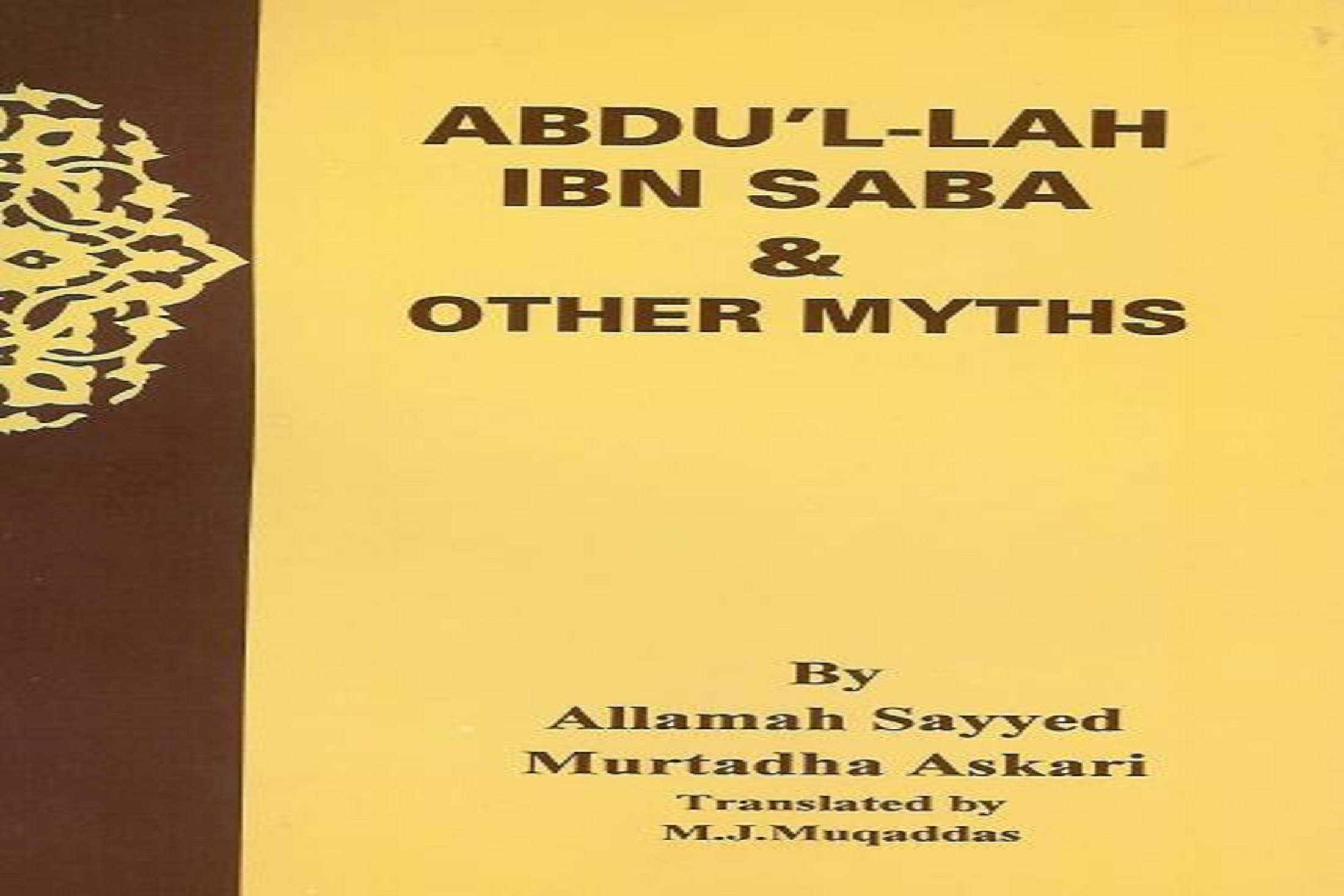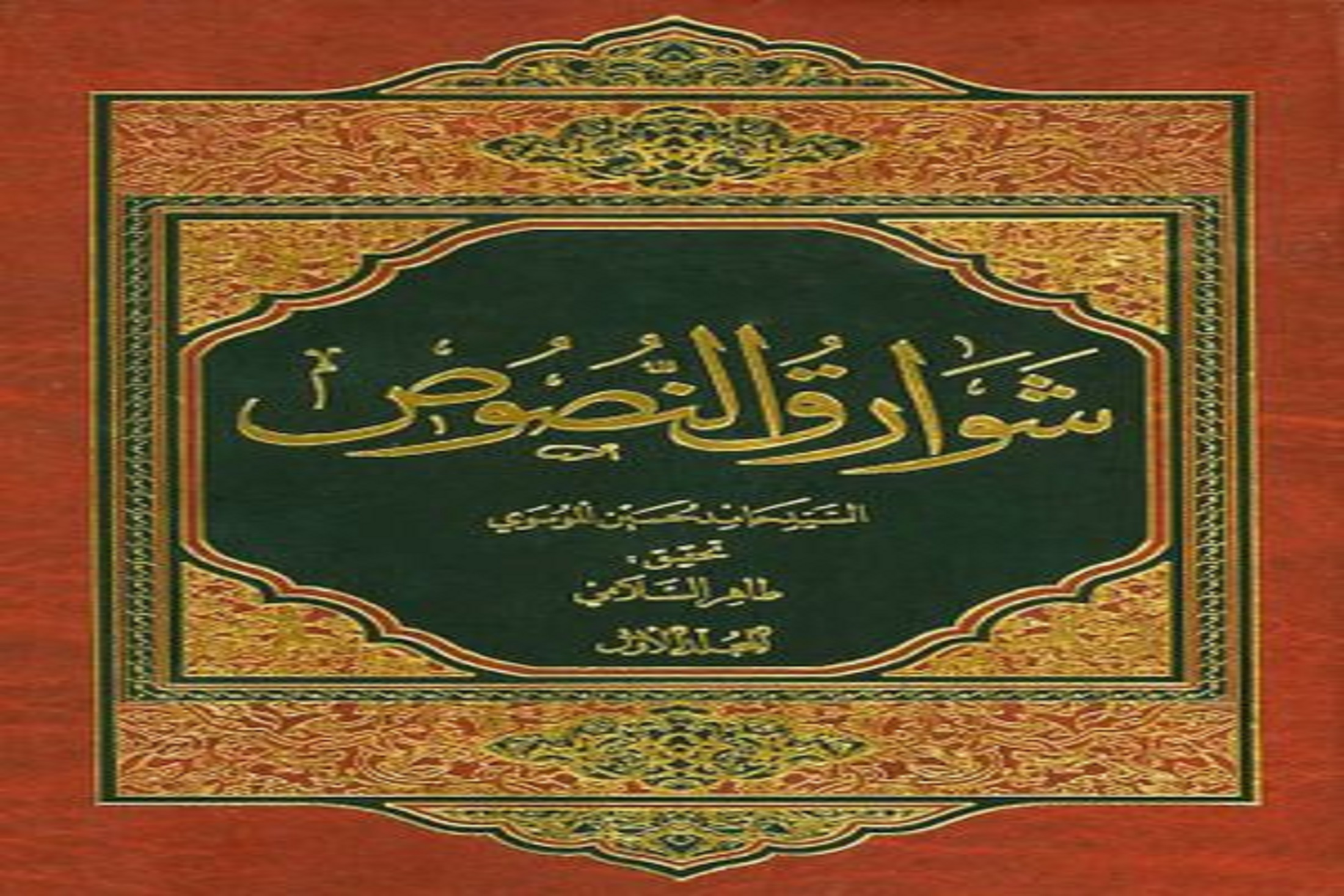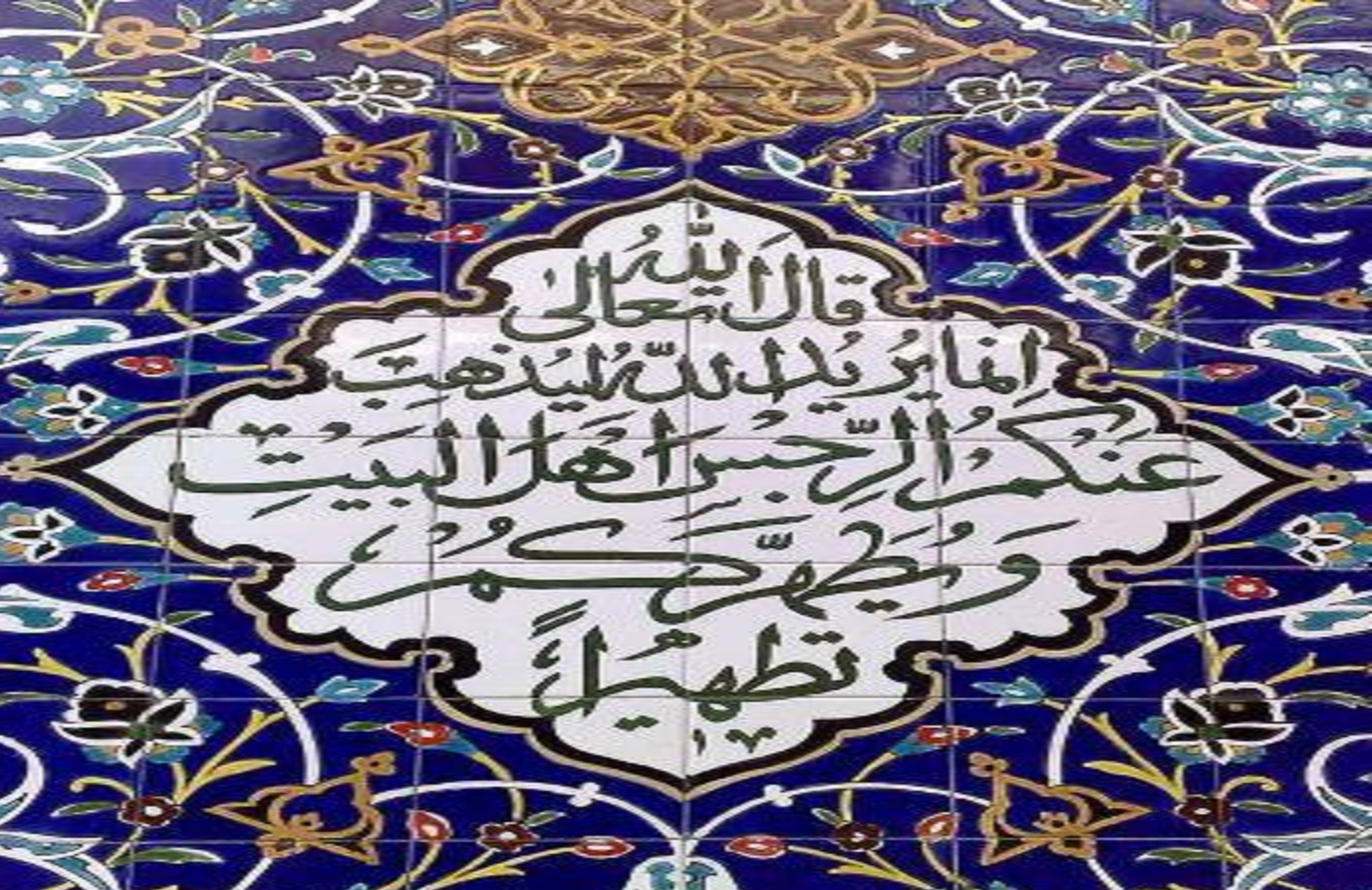A Short Summary of the Book The Legend of Abdullah Ibn Saba ( Part II)
Continued from part 1 ….
Who was Abdullah Ibn Saba?
There are conflicting views over the existence of Abdullah Ibn Saba as well. According to a prominent view held by many historians, among the many forged incidents and characters coined by Saif Ibn Umar, was Abdullah Ibn Saba. According to historians who have quoted from Tabari, Abdullah Ibn Saba was a Jew from Sana in Yemen posing as a convert to Islam in the time of Usman Ibn Affan and plotted against Islam and Muslims. He travelled abroad to large cities such as Kufa, Basra, Damascus and Egypt, preaching a belief in the resurrection of the Prophet Muhammad (s.a.w.a.) similar to the return of Jesus to this world, before the Day of Judgement.
He also preached the idea of apostleship, and claimed that Imam Ali (a.s.) was the true successor of the Prophet – accusing Usman of unjustly usurping Imam Ali’s (a.s.) place. He strongly urged people to murder Usman, who was assassinated later. Historians have also written that Abdullah sent his missions to many cities pretending to preach true Islamic faith – enjoining good, forbidding evil, encouraging people to revolt against their governors and even to kill them. On the list of the followers of Abdullah Ibn Saba are some good companions of the Prophet for example Abu Zarr and also some Taabe’een such as Malik al-Ashtar.
Historical sources
The tale of Abdullah Ibn Saba is over twelve centuries old. Historians and writers, have recorded it, adding more ‘spice’ to it every time. With a glance at the chain of transmitters of this story, we find the name of Saif appearing all the time. The following historians recorded directly from Saif:
Abu Ja’far Muhammad Ibn Jarir al-Tabari al-Aamuli (d. 310 A.H.) in his Tarikh al-Umam wa al-Mulook has quoted the story of the Sabaians exclusively from Saif Bin Umar al-
Tamimi. Tabari narrates his story from Saif through two persons,
- Obaidullah Bin Saeed Zohari from his uncle Ya’qub Ibn Ibrahim and then from Saif
- Sari Ibn Yahya from Shoaib Ibn Ibrahim from Saif
- Ibn Asaakir (d. 571 A.H.) in his book ‘Tarikh Damishq’ has narrated about the Sabians through Abul Qasim Samarqand from Abul Husain Naqqoor from Abu Taher Mokhallas from Abu Bakr Ibn Saif from Sari from Shoaib Ibn Ibrahim from Saif. Therefore, the original source here is also Sari, one of the two channels from which Tabari has recorded.
- Ibn Athir (d. 630 A.H.) in book Al-Kaamil has quoted Tabari as his main source
- Ibn Abi Bakr (d. 741 A.H.) has a book called al-Tamhid, from which some writers have quoted. The book is about the killing of Usman Ibn Affan and in its preface is mentioned al-Futuh, the book of Saif, as also the name of Ibn Athir. Ibn Athir has quoted from Tabari and Tabari from Saif.
- 5. Zahabi (d. 748 A.H.) in his ‘Tarikh al-Islam’, vol. 2, pp. 122-128 has mentioned tales from Saif’s book ‘Al-Futuh’. Tabari is also one of his sources.
- Ibn Kathir (d. 774 A.H.) in vol. 7 of his book ‘Al-Bidaayah wa al-Nihaayah’ has also quoted from Tabari
Apart from these, there are numerous other historians who have recorded it indirectly but most of them through Tabari. This proves the fact that the fictitious stories around the character of Abdullah Ibn Saba had been started by Saif and cited next by Tabari directly from Saif’s book. For details, one can see the chain of narrators of traditions related to Abdullah Ibn Saba, in Tarikh of Tabari. For instance, see the index of vol. 15, English version, under the name of Saif Ibn Umar or Abdullah Ibn Saba.
Conclusion of the Book
The author concludes his book by saying that he was puzzled as to how such forged stories of Saif Ibn Umar found a place in Islamic History. He writes, “I have traced these fictions and fictitious characters in most of the available publications, especially the most famous ones, which have usually been the major source of information to other historians and Western historians specializing in Islamic history. After careful study, I was convinced, beyond a shadow of a doubt that some of them were forged for special purposes. The origin of these fictions and fictitious characters is Saif Ibn Umar al-Tamimi, who differs from genuine source not only in material but also in chain which has many non-existing Muslims. Saif had invented these stories and non-exiting characters in order to please those, who wished to cover-up the truth and present the events of history in line with the interpretation of the rulers. Saif’s stories covered up their faults with historical events beyond the control of rulers and in this way insulated them from criticism.”
Readers will find many more myths invented by Saif Ibn Umar.
The Shia version of Abdullah Ibn Saba
After having successfully analysed and refuted the false narrations of Saif Ibn Umar, let us also look at what Shia narrations have to say about Abdullah Ibn Saba. These versions are largely reported on the authority of Al-Kashi in his book ‘Al-Rejaal’. The author has brought narrations condemning Abdullah Ibn Saba.
In the footnote on p. 118 of the book ‘Tuhaf al-Uqool’ by Ibn Shu’ab al-Harraani, it is mentioned that ‘Abdullah Ibn Saba reverted to apostasy and exaggerated (expressed Ghuluw).’
In the same footnote, it is further narrated from Imam Muhammad Baqir (a.s.) – Abdullah Ibn Saba was a (false) claimant of prophethood and opined that Ameerul Momineen (a.s.) was Allah, High is He from such a claim. The news reached Ameerul Momineen (a.s.) so he called and questioned him. But he repeated his claims and said: You are Him (i.e., God), and it has been revealed to me that you are Allah and I am a Prophet.’
So Ameerul Momineen (a.s.) said:
‘Woe be unto you! Satan has made a mockery of you. Repent for what you said. May your mother weep at your death! Repent (for your claim).’
But he refused, so he (a.s.) imprisoned him and asked him to seek repentance for three days, but he didn’t. Thus he (a.s.) burnt him.
Shaikh Saduq (r.a.) in Khesaal, vol. 2, p. 629, referring to the 400 commandments of Ameerul Momineen (a.s.) to his companions also mentions in the footnote of that page, ‘As for Abdullah Ibn Saba, al-Kashi has recorded traditions condemning him while some of his contemporaries have denied his existence altogether declaring that he was a fictitious person created by Saif Ibn Umar al-Tamimi.
We conclude after having gone through this research that the primary reason for the introduction or rather invention of Abdullah Ibn Saba was to portray him as the founder of Shiaism.
The Shias do not accept anyone as the rightful successor to the Holy Prophet (s.a.w.a.) except his cousin and son-in-law Ali Ibn Abi Talib (a.s.). But this belief of the Shias too is not their own creation. Rather it is a belief as per the Holy Quran and reliable traditions accepted unanimously by all Muslim scholars, especially as per the official announcement of the Mastership of Ali Ibn Talib (a.s.) by the Holy Prophet at Ghadeer Khum while returning from his last Hajj in the year 10 A.H. There is no need for the Shias to rely upon any fictitious character for their beliefs.
It is indeed astonishing to see how these ‘reputed’ historians closed their eyes while documenting such forgery and even included the noble companions of the Prophet (s.a.w.a.) and Ameerul Momineen Ali Ibn Abi Talib (a.s.) among the Sabians. A historian is supposed to essay and document events as they occur. Recording of historical events should not be influenced by any personal beliefs or motives. It seems some of these basic principles were conveniently ignored while intentionally labelling Abdullah Ibn Saba as the founder of the Shia sect. Unfortunately, Muslims have over the years, found many convenient ways to attack Shias and their beliefs and the legend of Abdullah Ibn Saba is but one of them.
Lastly, we pray to Allah to hasten the reappearance of our Master, Wali-e-Asr (a.t.f.s.), the inheritor of Mastership of Ameerul Momineen Ali Ibn Abi Talib (a.s.) so that everyone comes to know who is follower of the even path and who is the guided one! [Surah Tahaa (20): 135]



